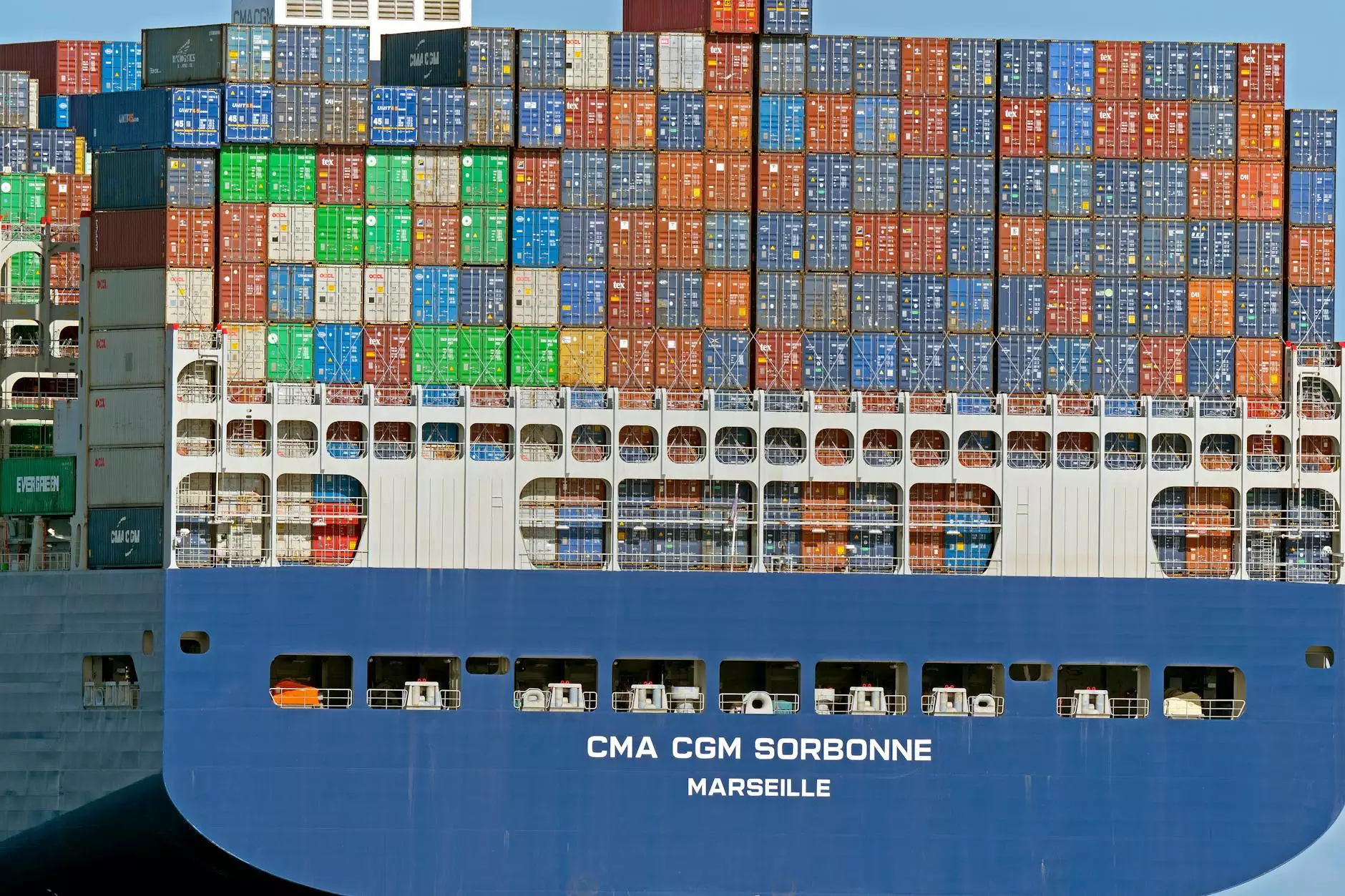Understanding International Air Freight Rates: A Comprehensive Guide

In the ever-evolving world of global commerce, international air freight rates play a crucial role. Businesses seeking to expand their reach and enhance their logistics capabilities must have a solid understanding of these rates and the factors influencing them. This article delves into the intricacies of air freight pricing, providing insights and strategies for optimizing shipping costs effectively.
The Importance of Understanding International Air Freight Rates
International air freight is a vital component of global supply chains. With the rise of e-commerce and international trade, understanding how freight rates are computed can significantly benefit businesses in various ways:
- Cost Efficiency: Knowing the factors that affect air freight rates allows businesses to make informed decisions that can lead to savings.
- Competitive Advantage: Companies that understand pricing dynamics can offer more competitive shipping options, enhancing customer satisfaction.
- Better Planning: Understanding rates helps businesses plan budgets and manage expectations for shipping timelines and expenses.
What Influences International Air Freight Rates?
Several factors influence international air freight rates. Understanding these can empower businesses to mitigate costs and streamline operations. Here are the primary elements that play a role in determining how much you will pay for air freight:
1. Weight and Volume
Air freight rates are typically calculated based on the weight and volume of the cargo. Freight forwarders often use dimensional weight (also known as volumetric weight) to determine shipping costs. This measure takes into account the cargo’s volume relative to its actual weight. If the volumetric weight exceeds the actual weight, the volumetric figures are used for pricing.
2. Distance
The distance between the origin and destination significantly impacts freight costs. Longer shipments naturally incur higher rates due to increased fuel consumption and logistical complexity.
3. Service Type
Different air freight services come with varying costs. For example:
- Express Services: These services prioritize speed but at a higher price.
- Economy Services: More affordable but may take longer to reach the destination.
4. Nature of Goods
The type of goods being shipped can dramatically influence rates. Hazardous materials, perishables, and oversized items typically incur higher costs due to the specialized handling and transportation required.
5. Seasonality and Demand
Air freight rates fluctuate based on seasonal demand. For example, during peak seasons such as holidays, prices tend to rise due to increased shipping volume.
6. Fuel Prices
Fuel surcharges are a common component of freight rates. As fuel prices rise or fall, shippers adjust their rates accordingly, impacting the overall shipping costs for businesses.
7. Customs and Duties
International cargo often involves navigating various customs regulations that can add to shipping costs. Understanding compliance requirements can help avoid unexpected expenses.
How to Optimize Your Shipping Strategy
To effectively manage and reduce international air freight rates, businesses can implement the following strategies:
1. Use a Reliable Freight Forwarder
A reputable freight forwarder can help navigate the complexities of international shipping. They often have established relationships with airlines and can negotiate better rates on behalf of their clients.
2. Consolidate Shipments
By consolidating shipments, businesses can combine multiple smaller shipments into one. This not only saves costs but also optimizes handling and reduces environmental impact.
3. Plan Ahead
Advance planning allows businesses to take advantage of lower rates. Booking shipments during off-peak times can result in significant savings.
4. Understand the Total Cost
Always consider the total landed cost, which includes freight charges, insurance, customs duties, and any other associated fees. A complete picture helps in making informed decisions.
5. Explore Different Carriers
Not all carriers offer the same rates. By comparing quotes from various airlines, businesses can find the most cost-effective solutions. Online tools simplify this process for quick comparisons.
6. Invest in Technology
Utilizing logistics software can provide visibility into shipping logistics, allowing for better tracking, reporting, and analysis, which in turn aids in optimizing shipping costs.
Understanding Shipping Centers and Their Role in Air Freight
Shipping centers play an essential role in the air freight ecosystem. They function as critical hubs, facilitating the smooth transition of goods between different modes of transport. Here’s how they contribute:
- Efficient Handling: Shipping centers streamline the handling and distribution of cargo, ensuring your goods are processed quickly and accurately.
- Customs Clearance: Many shipping centers provide services to expedite customs clearance, reducing delays and potential fines.
- Storage Solutions: They often offer warehousing facilities for businesses needing temporary storage before shipment.
The Role of Transportation in Air Freight Rates
Transportation logistics encompass all stages of the shipping process from point A to point B. Understanding the elements of transport logistics can significantly impact air freight costs:
1. Last-Mile Delivery
The final leg of the delivery process, known as last-mile delivery, is crucial. Partnering with reliable local carriers can minimize delays and reduce costs associated with this phase.
2. Intermodal Transportation
Combining air freight with other transport modes, like sea or rail, through intermodal solutions can often present savings, particularly for larger shipments.
3. Route Optimization
Technology enables businesses to optimize shipping routes, reducing travel times and costs while increasing reliability.
Airports as Critical Components in Air Freight Infrastructure
Airports serve as vital nodes in the air freight network. Understanding their role can enhance your business's shipping strategy:
- Infrastructure: Major airports often have advanced cargo facilities that can handle larger volumes more efficiently.
- Connectivity: Airports with more international routes can facilitate smoother and faster shipments to global destinations.
- Regulatory Compliance: Proximity to air cargo hubs also helps ensure compliance with international shipping regulations.
Conclusion
As global commerce continues to grow, understanding international air freight rates becomes increasingly important for businesses. By appreciating the various factors that influence these rates, optimizing shipping strategies, and leveraging the roles of shipping centers, transportation, and airports, companies can effectively manage their logistics, reduce costs, and enhance their competitive positioning in the marketplace.
Being well-informed and proactive in freight management is not just about reducing expenses; it is about empowering businesses to deliver better value to customers while expanding their reach. Stay ahead of the curve, and make air freight a seamless component of your operations.









